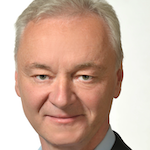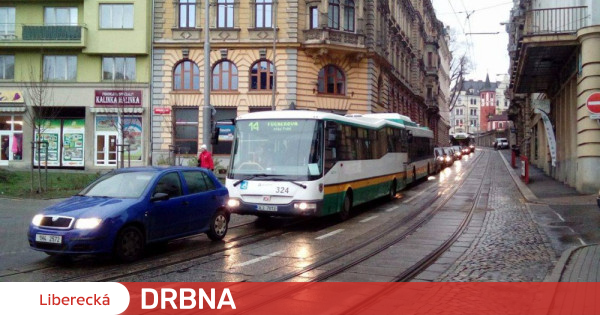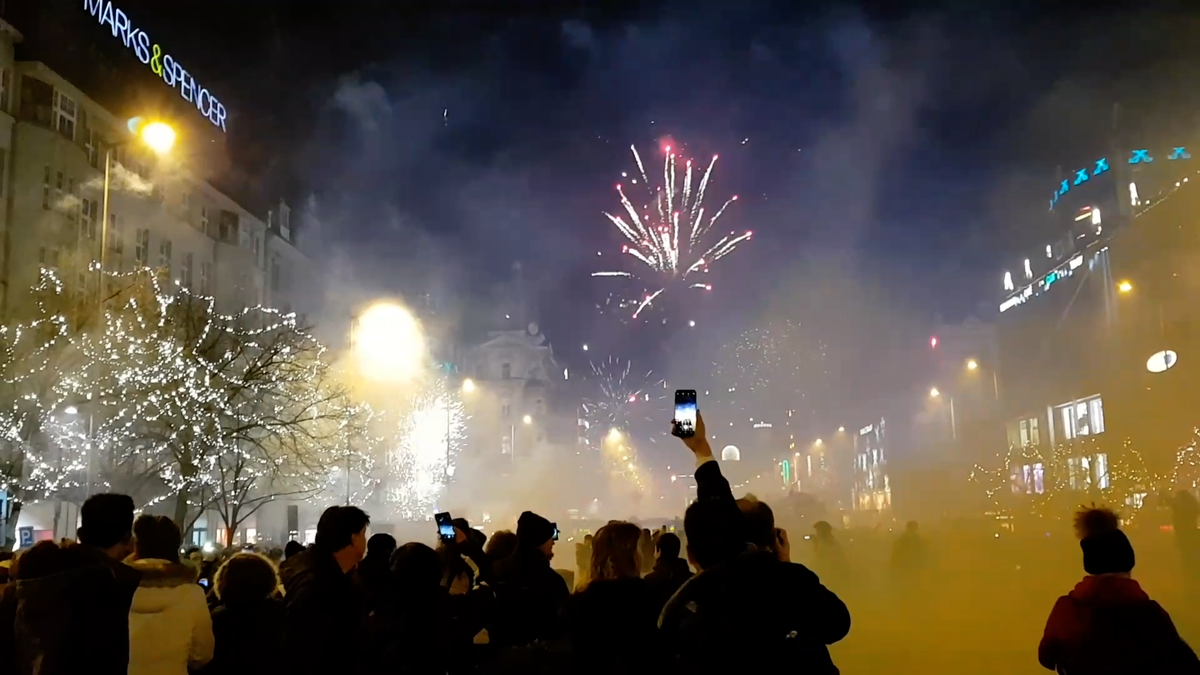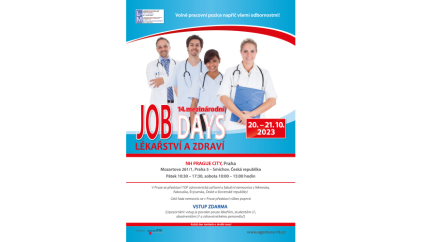In recent weeks, Prague has been discussing what to do with the unbearable car traffic. But Liberec also has a similar problem. What’s with this? Will thirty downtown help? What about other types of transportation, such as public transport, but also infrastructure for pedestrians and cyclists?
We therefore asked each of the representative clubs how they see the traffic in the city center and how they will solve it in the future. The question is: How should the city solve traffic calming downtown and should the city solve it at all in your opinion? Is the maximum speed limit of 30 km/h at least in the city center a solution? What about greater support for bicycle transport, pedestrian transport?
We sort answers by the time they arrive at our editorial office. Marek Vávra (YES) did not answer the question.
Petr Židek (ODS)
Liberec is specific in its fragmentation compared to other cities in the republic. Traffic calming should always be justified. The question is do you want to slow it down or calm it down, i.e. limit it. If you look at the traffic today in the center of Liberec, I see no reason to slow down. Considering the traffic density, the average vehicle speed in the center of Liberec is substantially lower than the stated 30 km/h. If we’re talking about calming, not slowing down, it’s about directing the flow of traffic. If you want to quiet a certain street which de facto means closing it to car traffic, that means you have to divert traffic on it. You must subordinate detours to this plan. But this means that because of this there will be an increase in traffic load elsewhere. We have a fairly detailed traffic study available in the city, which basically says that if the inner city ring road isn’t built, it’s unrealistic to consider closing the city center. Greater support for cycling and foot traffic is certain, but we are not Hradec or Pardubice, which are flat and not everyone is physically equipped to pedal Klášterní, Vítězná or Pražská. I support shared bikes or scooters, but on condition that the city doesn’t subsidize them. It’s kind of a business and if someone wants to run it in the city, I support the opportunity, but not with the city’s money.
Anna Kširová (Liberec open to people)

Does this sound familiar? Like your childhood versus kids now? The problem, of course, is not that today’s children are different. The world that formed them was different. And just letting the kids go out with their friends or sending them to school alone – few have the courage to do this these days.
The world is not dangerous for children because there are thugs on the streets who want to steal them or stuff them with dope candy. The main problem is that the roads have become much more dangerous as the people driving the cars are getting faster and denser. “There are too many cars, we can’t fit any cars in the city,” the city’s police director told us at a board meeting in February.
We deprive street children of freedom and movement. A lot of kids go to school these days because their parents are afraid to let them go alone, lest they get hit by… that’s right, a car. So the problem cycle.
Restricting cars in the form of “thirty” everywhere off main roads, or more regulating where cars can go, benefits us all. We all need it to be less comfortable driving a car and, conversely, more convenient, safer and more pleasant to move “on our own” or on public transport. Most importantly, it means more health for all of us. Unpleasant noise (which increases the risk of dementia, among other things), air pollution (which increases, for example, the risk of heart attack or lung cancer) and the risk of injury from traffic accidents will be reduced. Instead, there will be healthier movement in a more enjoyable environment. The situation will also improve for those who only need to go by car: traffic will be quieter and smoother.
Svatopluk Holata (SPD)

Jaroslav Zámečník (Mayor for LK)

Calming traffic in the center is undoubtedly a trend that all European cities pay attention to during its development. Our concept assumes that places in the center are also accessible for individual car transportation. For residents, traders. At the same time, we will pay more attention to other modes of transport, namely pedestrians and cyclists. The sustainable mobility plan also includes appropriately proposed development measures (phases) to support bicycle and pedestrian transport.
If I were to give a specific example of a building or modification that would significantly help the traffic population of Liberec in the coming months, it would be, for example, the reconstruction of the Sokolská street from the small square to Ambiente, P + R Pastýřská, Tržní náměstí, Vítězná, but also the embankment at the regional office and the parking garage in the lower center.
Regarding speed reduction, I believe that such interventions and changes should be made in a sensitive and reasonable manner. I can imagine that in any reasonable place, i.e. in a quieter part of town and in a residential area, it might happen. On the other hand, the current speed must be maintained on city streets as part of the traffic flow.
Jan Hruska (Pirate)


“Certified bacon geek. Evil social media fanatic. Music practitioner. Communicator.”







